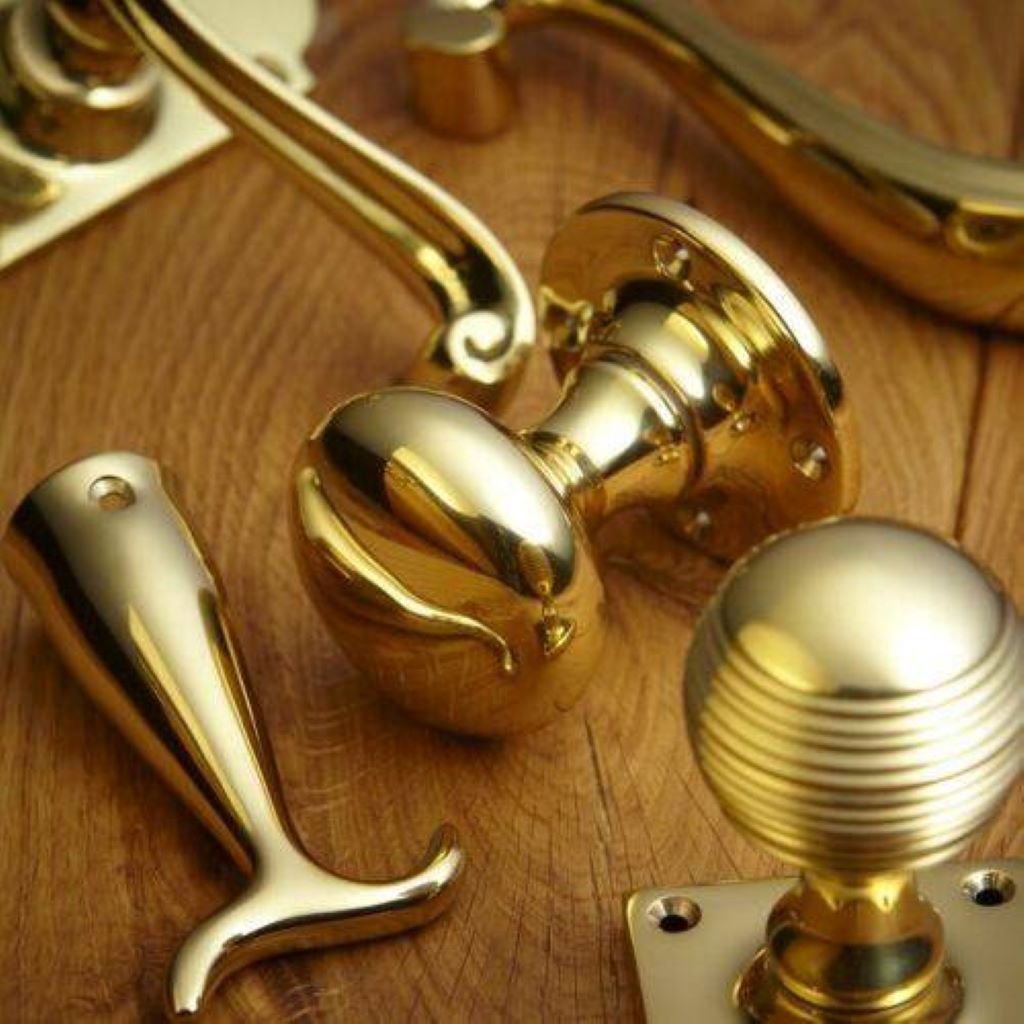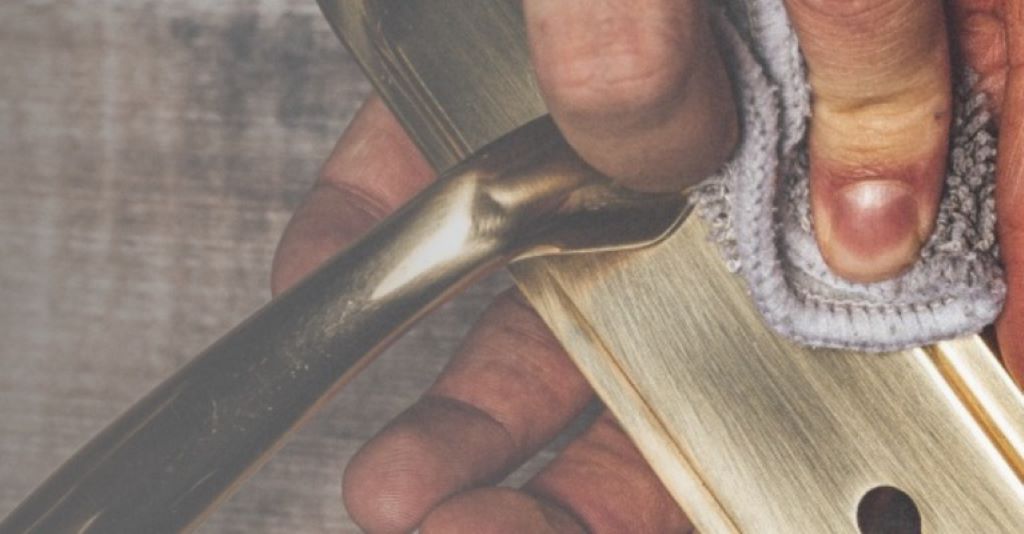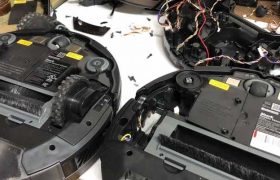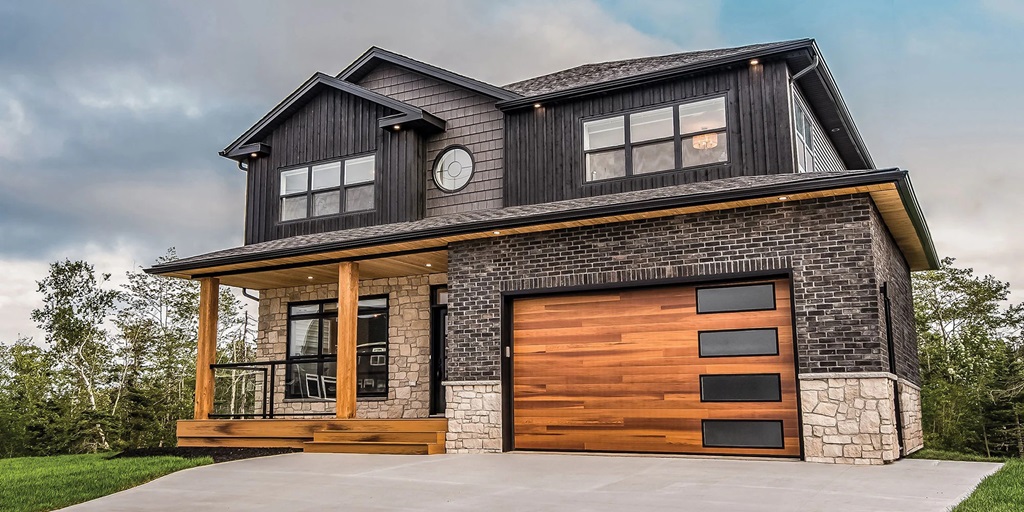Brass door hardware has a unique charm that instantly elevates the aesthetic of any home. Over time, however, exposure to air and moisture can tarnish the original patina, dulling its timeless beauty. Restoring the original patina on brass door hardware requires a delicate balance of cleaning, preservation, and enhancement to maintain its authentic vintage allure. Whether you’re looking to enhance your interiors or increase the resale value of your property, restoring brass fixtures is a worthwhile project. Plus, explore Decoracaos for more creative home improvement ideas that bring elegance into your space.
Understanding Brass and Its Patina
The allure of brass lies in its unique composition, typically a blend of copper and zinc, which allows for the development of a patina over time. This patina, often a mix of green, brown, or golden hues, is formed through oxidation, which creates a protective layer. Restoring the patina involves careful attention to cleaning methods, as harsh techniques can strip the metal’s surface, leaving it lifeless and bare.
- Why Preserve the Patina?
A patina is more than just an aesthetic layer; it protects brass from corrosion. Removing it completely can expose the material to further tarnishing. Moreover, collectors and interior designers often seek out original patina for its vintage authenticity. - Challenges in Restoration
Over-cleaning or using abrasive chemicals can result in permanent damage. Successful restoration strikes a balance between removing unwanted grime and maintaining the patina’s character.
Many DIY enthusiasts find that brass restoration complements projects like learning how to build a sunroom on a deck for a cohesive home upgrade. If you’re inspired to take your DIY skills further, click on https://decoracaos.com/outdoor/how-to-build-a-sunroom-on-a-deck-the-ultimate-diy-guide/ for step-by-step guidance on a beautiful outdoor transformation.
Gathering Essential Tools for Restoration
Before diving into the restoration process, assembling the right tools is essential. Using improper tools can cause irreversible damage.
- Basic Supplies
- Soft-bristled brushes or toothbrushes for gentle cleaning
- Mild dish soap or baking soda for removing dirt
- Microfiber cloths for polishing without scratching
- Specialized Tools
- Brass-specific polish or cream for touch-ups
- Protective gloves to prevent oil from your hands transferring to the brass
- Wax or sealant to preserve the restored patina
A methodical approach ensures you don’t inadvertently damage your hardware during the process.
Step-by-Step Process for Restoring Patina
Restoring brass door hardware is a manageable DIY project if approached with patience and care.
Step 1: Clean the Surface
Start by removing dirt and grime. Mix mild dish soap with warm water, and gently scrub the hardware using a soft-bristled brush. Avoid using steel wool or other abrasive materials, as these can scratch the surface.
Step 2: Restore the Patina
If the patina is uneven or lost, use a solution of vinegar, salt, and flour to replicate natural tarnishing. Apply it evenly and allow it to sit for several hours. Once satisfied, rinse and dry the hardware.
Step 3: Polish Carefully
For brass hardware that needs a slight shine, use brass-specific polish sparingly. Buff in a circular motion, ensuring you don’t remove too much patina.
Step 4: Seal for Longevity
Preserve the finish by applying a thin layer of wax or sealant. This step is vital to protect the hardware from future tarnishing.
Common Mistakes to Avoid
- Over-Cleaning
Stripping the patina entirely can make brass look new but soulless. Always aim to clean without compromising its character. - Skipping the Sealant
Without a protective layer, your hard work may be undone within months. Sealants add years to your restoration efforts. - Using Harsh Chemicals
Ammonia or bleach-based cleaners can corrode brass, leading to irreversible damage. Always opt for gentler alternatives.
Maintaining Your Restored Hardware
Regular maintenance prevents tarnish from reappearing and ensures your brass fixtures retain their charm.
- Wipe down with a microfiber cloth weekly to remove dust and oils.
- Apply a fresh layer of sealant annually for prolonged protection.
- Avoid exposing brass to direct sunlight or moisture-heavy environments.
Maximizing Visual Impact of Floor Plants Against Neutral-colored Flooring
FAQs
How do I know if my brass is solid or plated?
Perform the magnet test: if a magnet doesn’t stick, it’s solid brass. If it sticks, it’s brass-plated.
Can I restore antique brass without losing its value?
Yes, focus on gentle cleaning methods and avoid over-polishing. Antique collectors prefer original finishes.
What natural methods can I use for cleaning brass?
Lemon juice mixed with baking soda or a vinegar-and-salt solution works well for light cleaning.
Should I remove all tarnish from brass?
No, the patina adds character and protects brass from further damage. Clean without removing it entirely.
How often should I clean brass hardware?
Light cleaning can be done monthly, while deep cleaning or restoration may be needed once every few years.
Can I use household items to restore patina?
Yes, common items like vinegar, salt, and flour can replicate natural patina effects.
You Might Enjoy: How to Reset Water Filter on Samsung Fridge
Conclusion
Restoring original patina on brass door hardware is more than a simple DIY task—it’s a way to preserve history, add value to your home, and bring out the beauty of vintage design. By understanding the nuances of brass and its patina, using the right tools, and following proper restoration techniques, you can achieve a professional finish that lasts.





